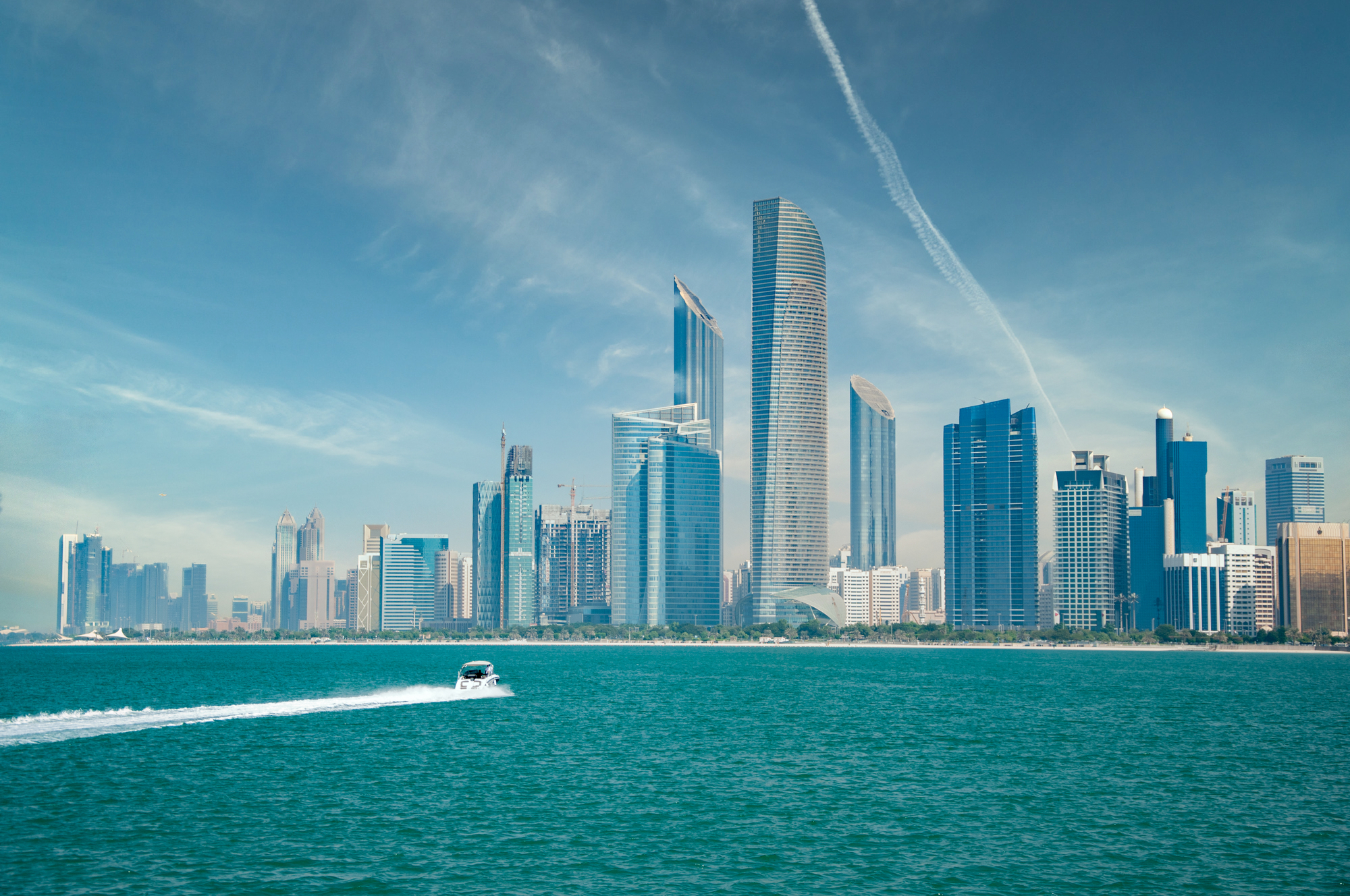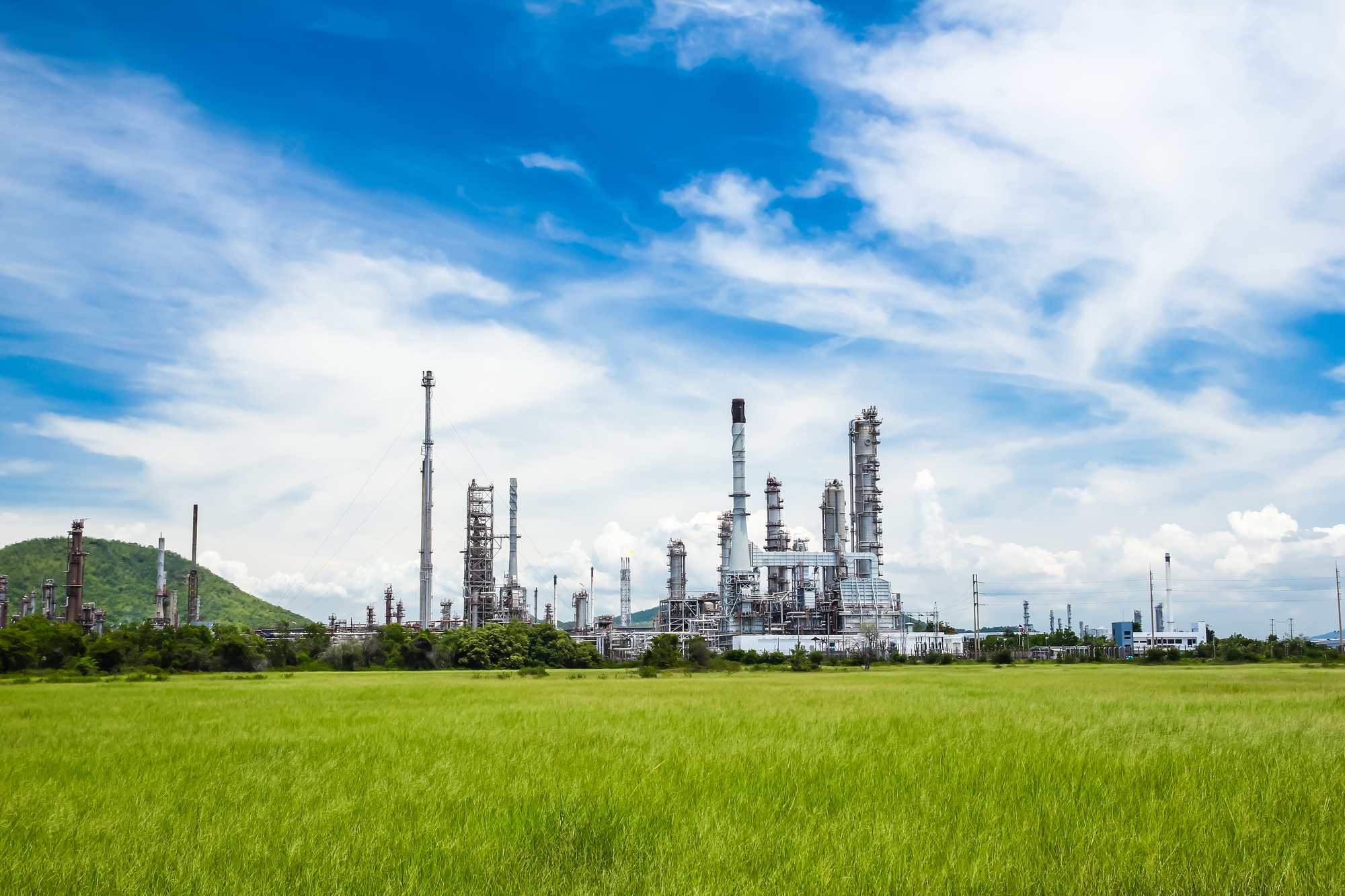Kissanje Crude Oil is a type of crude oil produced in Angola, a country in southwestern Africa. The oil is named after the Kissanje field, located in the offshore Cabinda region of Angola.
In this article, we will explore the history, production, and pricing of Kissanje crude oil in Angola, as well as its economic and environmental impacts. We will also discuss Kissanje crude oil’s role in the global oil market and the challenges and opportunities facing the industry in Angola.
History of Kissanje Crude Oil
The history of Kissanje Crude Oil dates back to the early 20th century when oil was first discovered in the offshore Cabinda region of Angola when Portuguese colonial authorities began exploring the area for oil and other natural resources.
In the 1950s, several international oil companies began drilling for oil in the region, and in the 1960s, the first oil production started from offshore fields.
A joint venture between the Angolan government and several international oil companies, including Chevron, Total, and ENI, operates the field. Kissanje crude oil is a high-quality, light-sweet crude oil that is highly sought after due to its low sulfur content and high yield of light products, such as gasoline and diesel.
In the early 1980s, Angola found itself amid a civil war. The war ended in 2002 and resulted in the death of over 500,000 people. During the war, production was significantly reduced, and Angola became a net importer. In 2003, when peace was restored, the Angolan government began renewing efforts to restart production.
In the decades since production began, Kissanje crude oil has played a significant role in the Angolan economy and has been a major contributor to the country’s wealth and development. The oil industry has also been a major source of employment and has helped to stimulate economic growth in the region.
However, the production of Kissanje crude oil has also had environmental and social impacts, including pollution and the displacement of local communities. These issues have been the subject of ongoing debate and controversy in Angola and worldwide.
Kissanje Crude Oil Field Location
The Kissanje Crude Oil field is located in the offshore Cabinda region of Angola, in southwestern Africa. The area is in the Atlantic Ocean, approximately 50 kilometres (31 miles) offshore, in the northeastern part of the Cabinda province.
The field is located around 1,400 kilometres (870 miles) northwest of the capital city of Luanda, between the Congo River and the border with the Democratic Republic of the Congo (DRC).
The Kissanje field is located within the Angola Block 14 oil and gas concession. The field sits in a shallow water area at a depth of approximately 50 meters (164 feet).
The Cabinda region is known for its oil and gas resources and contributes significantly to Angola’s economy. The area is also home to many other oil and gas fields, including the offshore Benguela and Girassol fields.
The wider region, the Gulf of Guinea, is known for its rich oil and gas reserves and is a major global energy hub. In addition, the Gulf of Guinea is home to several other oil and gas-producing countries, including Nigeria, Equatorial Guinea, and Gabon.
Price of Kissanje Crude Oil Blend
The Kissanje crude oil benchmark is based on the price of oil that is produced from the Kissanje field, in Angola.
The Kissanje crude oil benchmark is typically quoted in US dollars per barrel and is used as a reference point for pricing other crudes in the region. Price reporting agencies may look at information such as import data, floating production, vessel costs as well as activities in Kizomba and northwest of Luanda.
Oil producers, refiners, and marketers use the benchmark to assess their operations’ profitability and to inform their decision-making and strategy. The Kissanje crude oil benchmark is an essential reference point in the global oil market and is widely used by market participants to assess the value of oil in the region.
Production and Transportation
Oil and gas production from the Kissanje field is carried out using a combination of offshore drilling platforms and subsea pipelines.
The oil and gas are transported from the area to onshore processing facilities, which are refined into a range of petroleum products, including gasoline, diesel, and jet fuel.
Kissanje Blend Crude Oil Spec:
Kissanje crude oil, produced in Angola, is a highly sought-after commodity in the global oil market due to its favourable properties. With an API gravity of 34.8, it is a light crude oil that is easy to process and yields a high amount of refined products, such as gasoline.
Additionally, it has a low sulfur content of 0.3% and a low acidity of 0.2 mg KOH/g, making it suitable for producing clean fuels. Its low viscosity also allows for easy flow through pipelines, making it an efficient and cost-effective method of transportation.
Kissanje crude oil is also stable and non-corrosive, ensuring it does not degrade in storage or transport. Overall, the properties of Kissanje crude oil make it a valuable commodity in the oil industry.
Owners and Operators
The field is operated by the Cabinda Gulf Oil Company (CABGOC), a joint venture between the Angolan state-owned oil company Sonangol and a consortium of international oil companies, including Chevron, Total, and ENI.
Sonangol is the national oil company of Angola and is responsible for the country’s exploration, production, and marketing of oil and gas. The company was established in 1976, after Angola gained independence from Portugal, and has played a significant role in developing the country’s oil and gas industry.
The Cabinda Gulf Oil Company (CABGOC) was formed in the early 1980s and is responsible for the exploration, development, and production of oil and gas in the offshore Cabinda region of Angola and has played a significant role in the growth of the country’s oil and gas industry.
Impacts of Kissanje on Angola’s Economy
Kissanje crude oil contributes approximately 75% of the country’s output. Oil and gas production from the Kissanje field has contributed to the development of Angola’s infrastructure, including roads, airports, hospitals, and schools.
In addition, it has helped to stimulate economic growth in the region. The oil and gas industry has also created employment opportunities and helped reduce poverty in the country.
However, oil and gas production from the Kissanje field has also negatively impacted Angola’s economy. The oil and gas industry has contributed to environmental degradation and pollution in the region and has had social impacts, including the displacement of local communities.
Additionally, Angola’s reliance on oil and gas exports has made the country vulnerable to fluctuations in global oil prices, which can hurt the economy. Despite these challenges, the production of Kissanje Crude Oil has had a significant impact on Angola’s economy and has played a major role in the country’s development.
Impacts of Crude Oil on the Environment
One of the main environmental impacts of oil and gas production from the Kissanje field is the release of greenhouse gases, such as carbon dioxide (CO2), into the atmosphere.
Burning fossil fuels, such as oil and gas, significantly contributes to climate change. It releases large amounts of CO2 and other greenhouse gases into the atmosphere, which trap heat and contribute to global warming.
Another environmental impact of oil and gas production from the Kissanje field is the potential for oil spills and other forms of pollution. Oil spills can seriously impact the environment, including contaminating water bodies and destroying habitats for marine life.
Oil spills can also have economic impacts, as they can disrupt the fishing and tourism industries.
The production of oil and gas from the Kissanje field has also had social impacts, including the displacement of local communities. Some communities have been relocated to make way for oil and gas operations, which can lead to social disruption and conflict.
Overall, the production of Kissanje Crude Oil has had many environmental and social impacts in Angola, and it is important that these impacts are carefully managed and mitigated to minimise their impact on the environment and communities.
Conclusion
The production of oil and gas from the Kissanje field has contributed to the development of Angola’s infrastructure and helped stimulate economic growth in the region.
However, Kissanje Crude Oil’s production has also negatively impacted the environment and communities in Angola. The oil and gas industry has contributed to the release of greenhouse gases, which contribute to climate change, and has had the potential for oil spills and other forms of pollution.
The production of oil and gas from the Kissanje field has also had social impacts, including the displacement of local communities.
Overall, the production of Kissanje Crude Oil must be managed responsibly and sustainably, considering the industry’s environmental and social impacts.
This includes ensuring that the extraction and transportation of oil and gas are done to minimise pollution and environmental degradation and that the needs and rights of local communities are respected.
By addressing these challenges, it is possible to balance the economic benefits of the oil and gas industry with the need to protect the environment and communities in Angola.






0 Comments